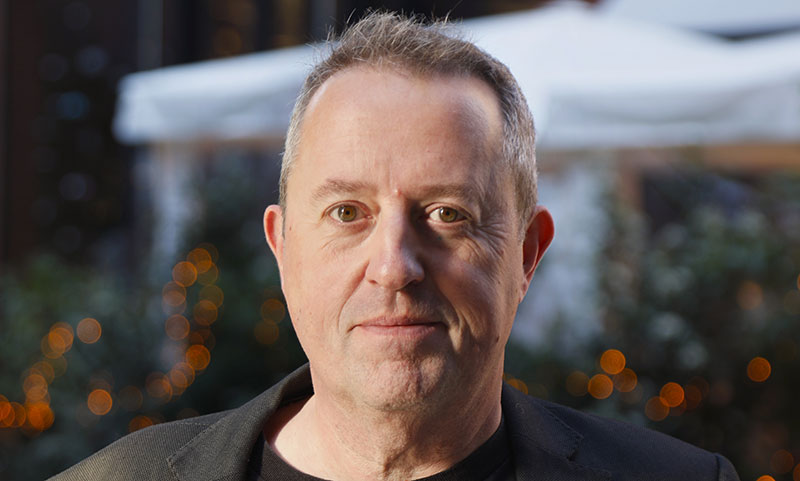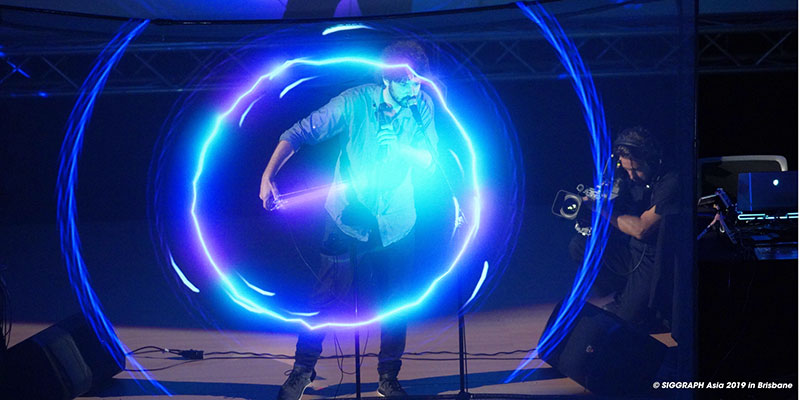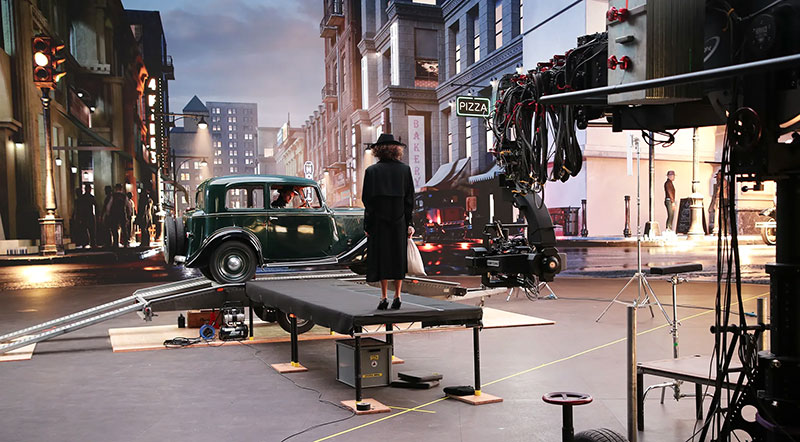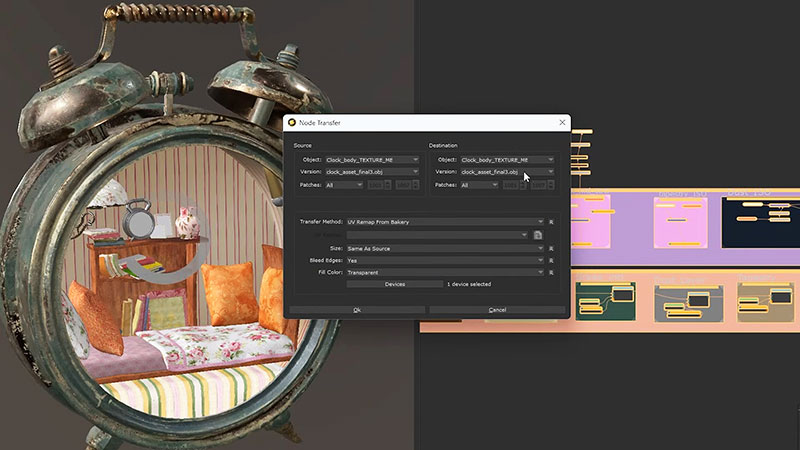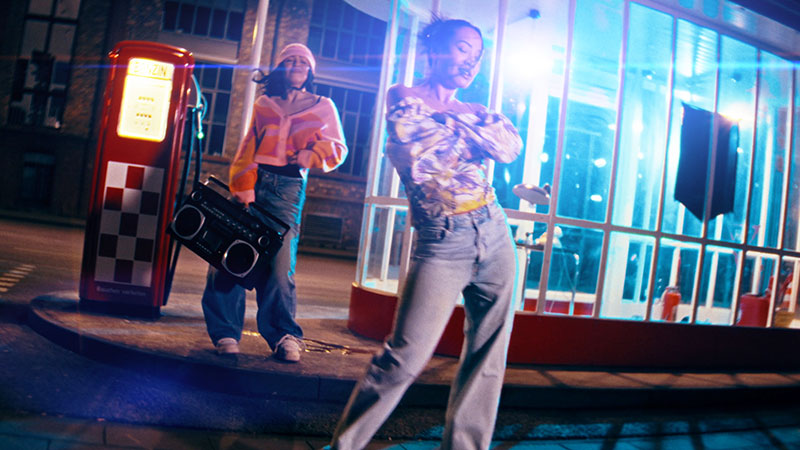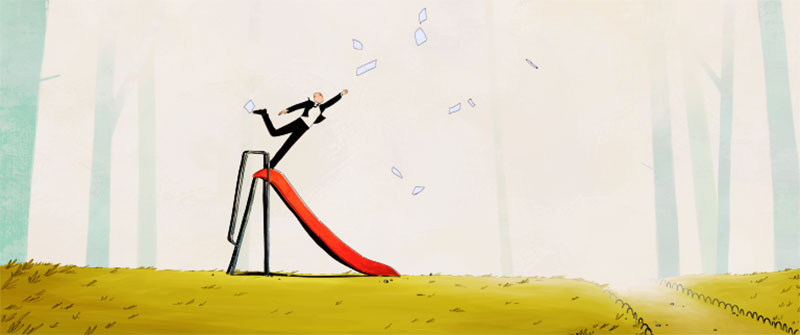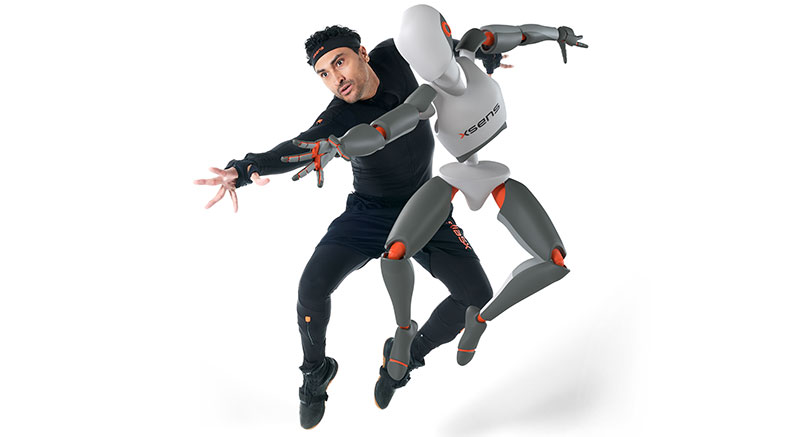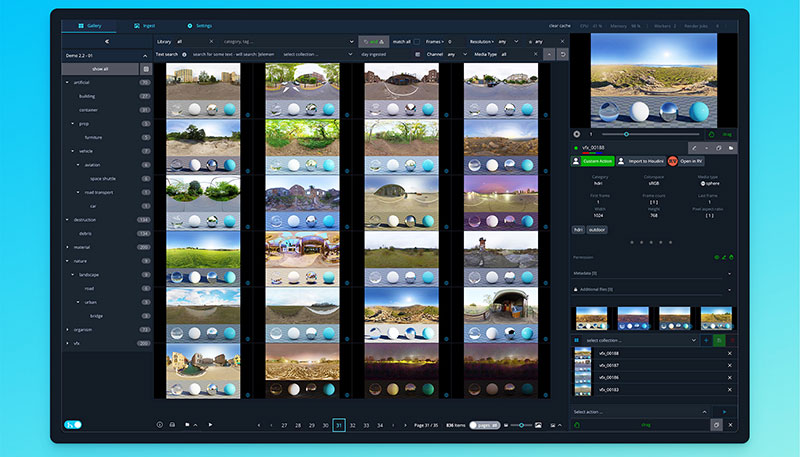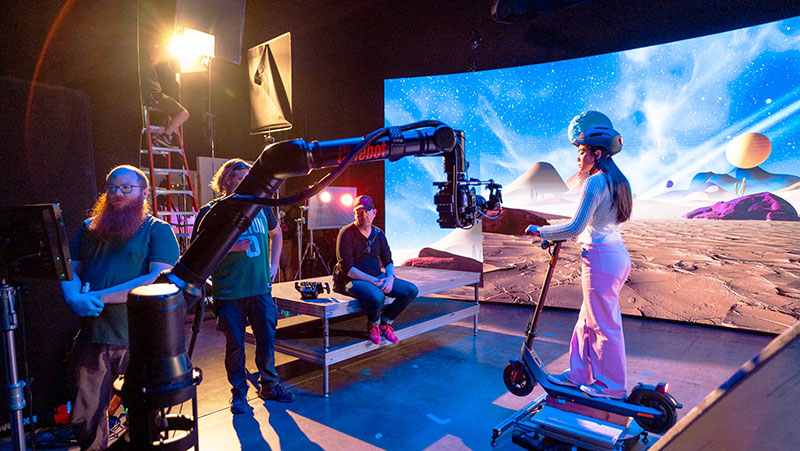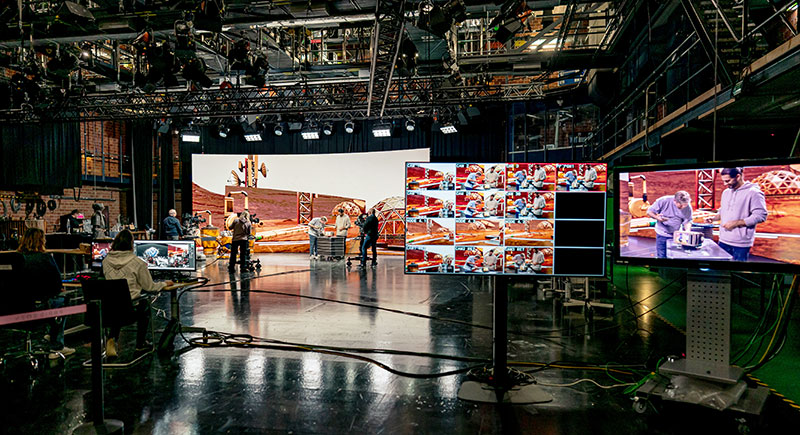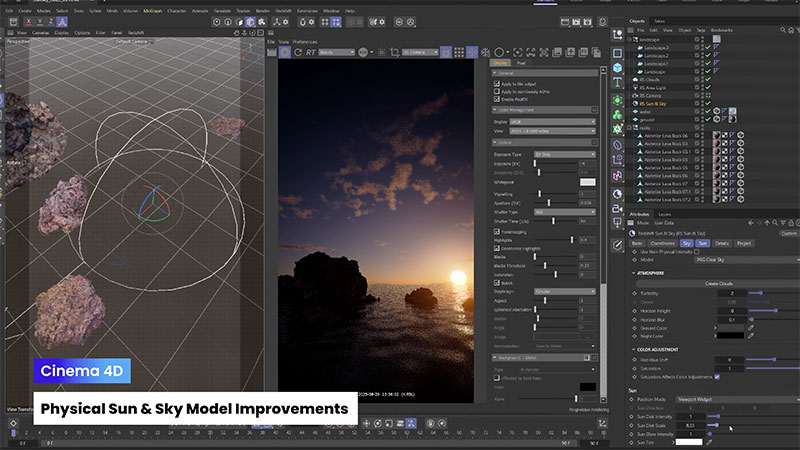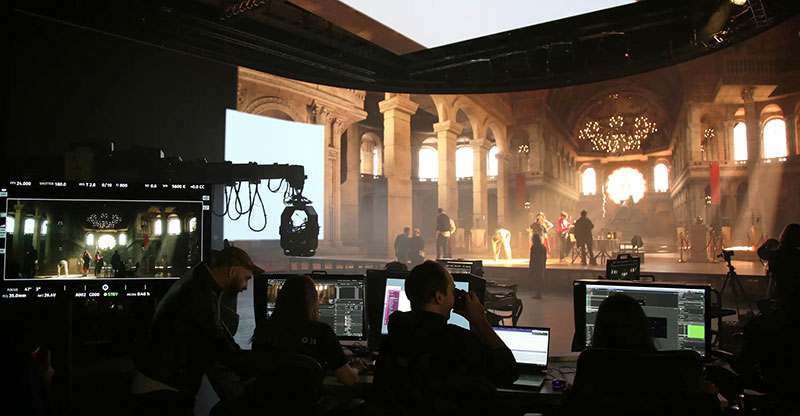ZEISS’ virtual lenses replicate looks and animated behaviour of physical lenses to use in Nuke compositing software for CG content, helping to close the gap between production and post.

Supreme Prime 50mm Virtual Lens
ZEISS is developing a new virtual lens software that will allow visual effects and compositing artists to apply an authentic lens look in one step to digital imagery. This new technique replicates the visual characteristics and animated behaviour of physical lenses in Foundry’s Nuke compositing software, for computer-generated content.
It is is part of the CinCraft series of devices and software, which aims to simplify VFX workflows.
In contrast to traditional lens and defocus effects tools, which use a filter-based approach, ZEISS’ new method is based on physically based lens performance in order to deliver real optics characteristics throughout each frame’s individual lens setting within a sequence. It captures genuine lens characteristics such as sharpness, focus falloff, cat’s eye bokeh (caused by light entering the aperture at an angle) chromatic aberration, distortion and so on.
Ground Truth
“The lack of ‘ground truth’ data for lens look characteristics makes it hard for post-production professionals to adopt and apply the same visual language that cinematographers and directors expect,” said Jonathan Demuth, Product Manager for the ZEISS CinCraft ecosystem. “ZEISS wants to close these gaps in communication by creating a reliable and predictable lens look solution for compositing artists that will improve the quality of photorealistic images.
“Lenses play an important role in the look of visual effects. That is why we want VFX artists to be able to work with matching digital lenses ‘off the shelf’, instead of through brute force replication of lens characteristics from scratch.”
As a lens manufacturer, ZEISS is using its heritage and expertise in optics to assist artists tackling the time-consuming work needed to achieve physically correct and cinematically aesthetic lens behaviour. The new method aims to reshape the way digital artists work with lenses, saving them time, and can be applied to any camera format, taking advantage of working with a CG image.

Pinhole camera
ZEISS digital lenses will be supplied per focal length and represent one real lens per digital lens. The digital lens will replicate the changes in breathing, bokeh and other characteristics according to the visual behaviour of its real twin lens. These characteristics, including chromatic aberrations, can also be adjusted after applying the look of a digital lens. As part of a technically credible lens look experience, users can compare their adjustments to physically correct lens behaviour.
A Digital Shelf
“We are focused on a one-click solution approach that opens access to digital lenses, and brings the physical behaviour of real lenses to the digital world of 2D compositing, allowing artists to choose from a digital shelf, just like the DoP does at a camera rental,” Jonathan said. “Moreover, since it is not restricted to ZEISS lenses, the user has the opportunity to create any lens look, then finish it off with enhancement add-on tools to deliver a best-possible result.”
In a seminar at this year’s FMX in Stuttgart, Germany, Jonathan Demuth and Marius Jerschke from ZEISS will present the new technology on 7 May along with Nicolas Borens, Head of 2D Film at MPC Paris. They will discuss Nicolas’ experience testing this new technology and his personal speculation of the potential impact on an artist’s work.
Digital compositors, VFX professionals and other interested parties are invited to visit the dedicated landing page to learn more about the technology and stay up to date on further developments: www.zeiss.com


